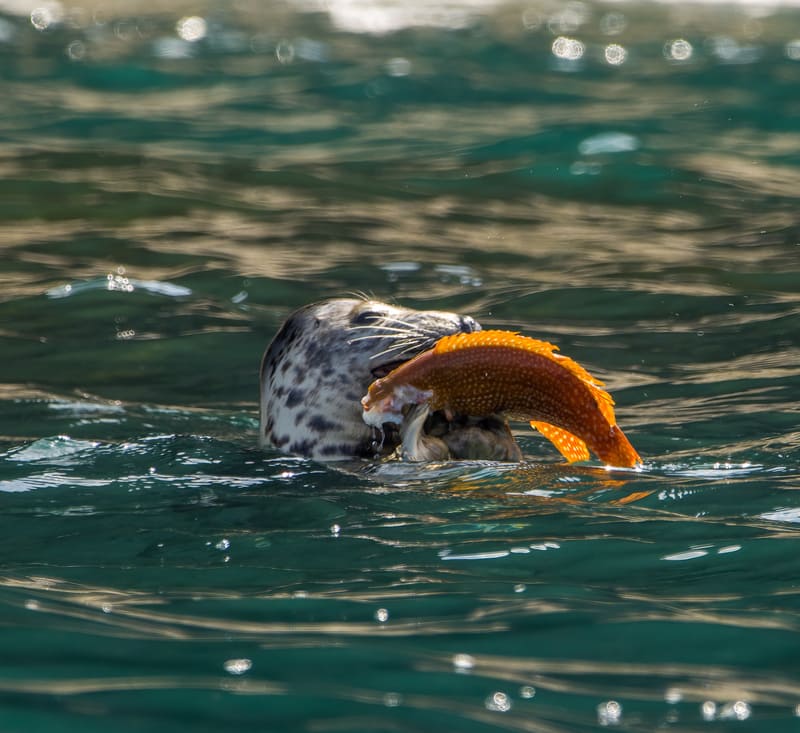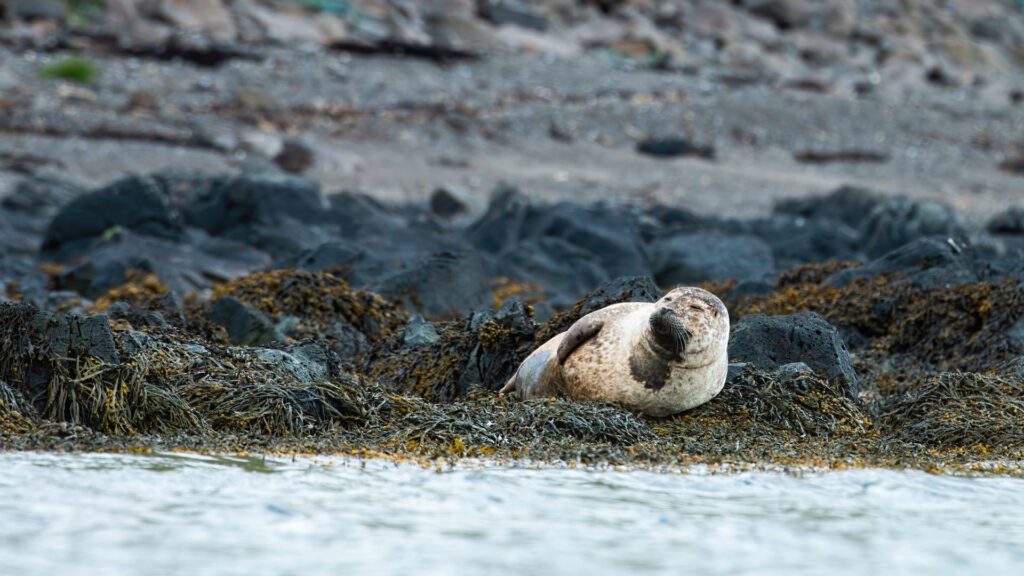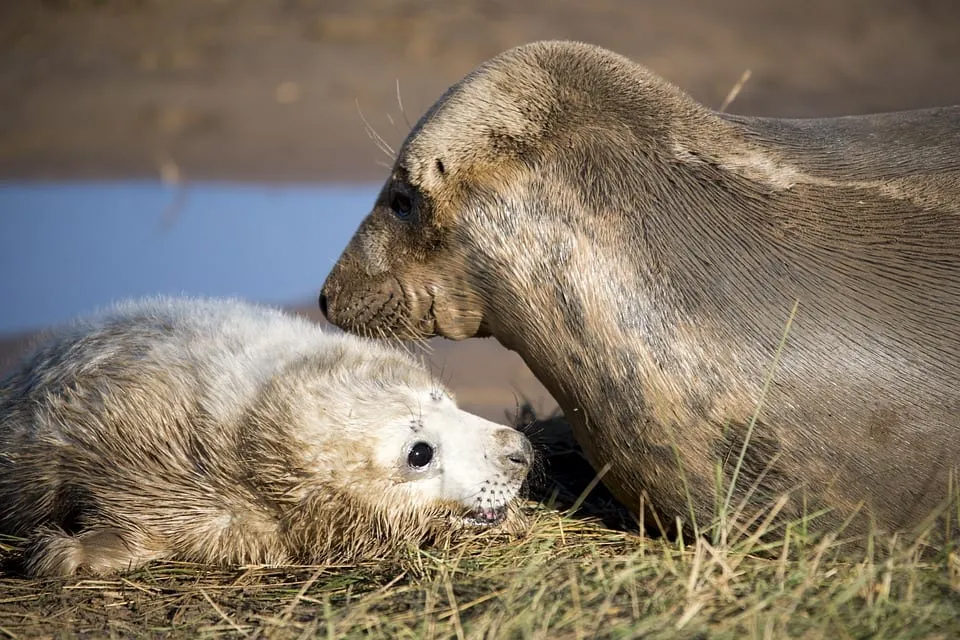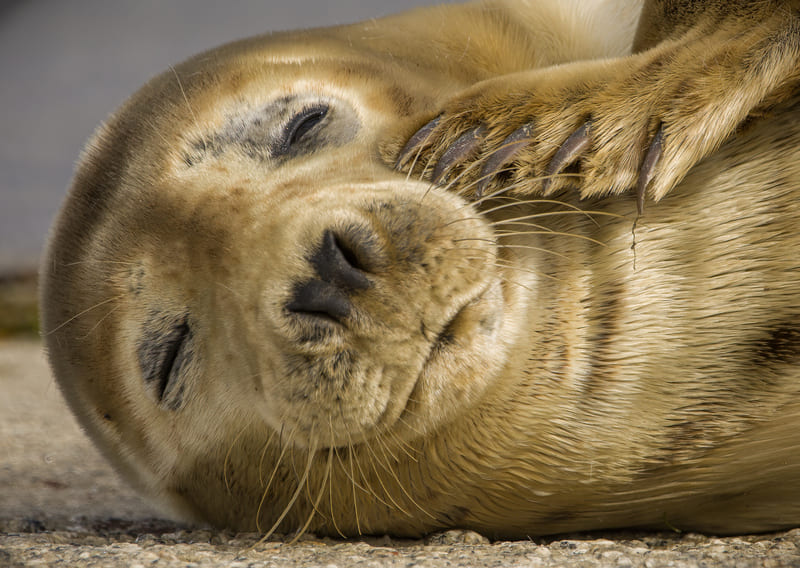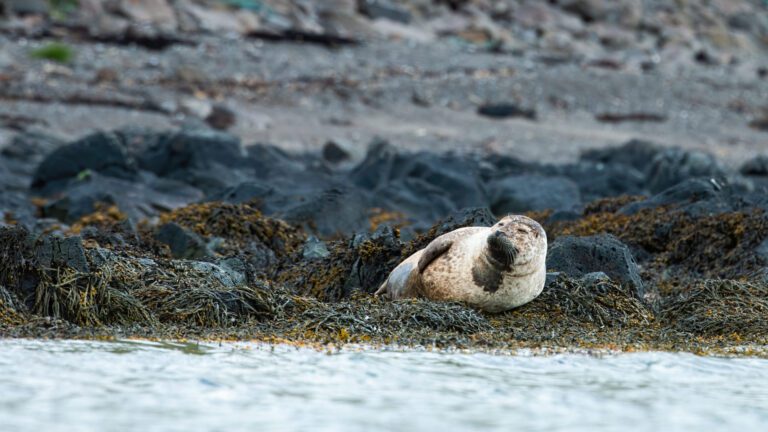Your GUIDE TO SEALS IN CORNWALL
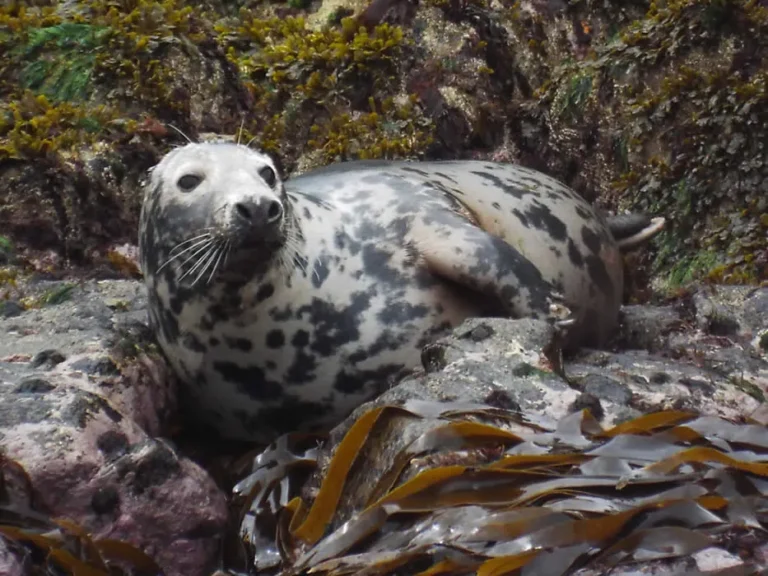
9 interesting facts about Seals:
SEALS ARE PROTECTED IN THE UK
SEALS ARE AMAZING DIVERS
SEALS EVOLVED FROM BEARS
SEALS HAVE A HIGHER BLOOD PERCENTAGE THAN HUMANS
SEALS CAN SLEEP IN THE WATER
SEALS ARE THE LARGEST LAND BREEDING MAMMAL IN THE UK
Grey seals are the largest species of mammal to naturally breed on land in the UK with males often weighing in at over 300kgs.
YOUNG SEAL PUPS CAN TRAVEL HUGE DISTANCES
Once seal pups separate from their mothers, they explore the coast over great distances to suss out where is best to find food, rest and shelter. One Cornish pop was recorded traveling over 1000km, visiting four different countries, just in its first 3 months of life.
SEALS GET A NEW COAT EVERY YEAR
SEALS CAN TALK
Seal FAQs
There are no close connections between seals and dogs which is surprising especially as the grey seal is known for its labrador shaped head. Seals, dogs and also bears are all part of the Caniformes group of animals, which means dog-like, and both seals and dogs are mammals but that’s as close as they come.
You should NEVER feed seals! Seals are extremely efficient hunters and do not need handouts from people. Feeding seals creates an association between boats or people and food, and if seals become accustomed to coming close to boats, they are then at high risk of a boat strike. Humans dangling a fish for a seal put themselves at risk of a very nasty bite if the seal mistakes your arm or hand or food.
